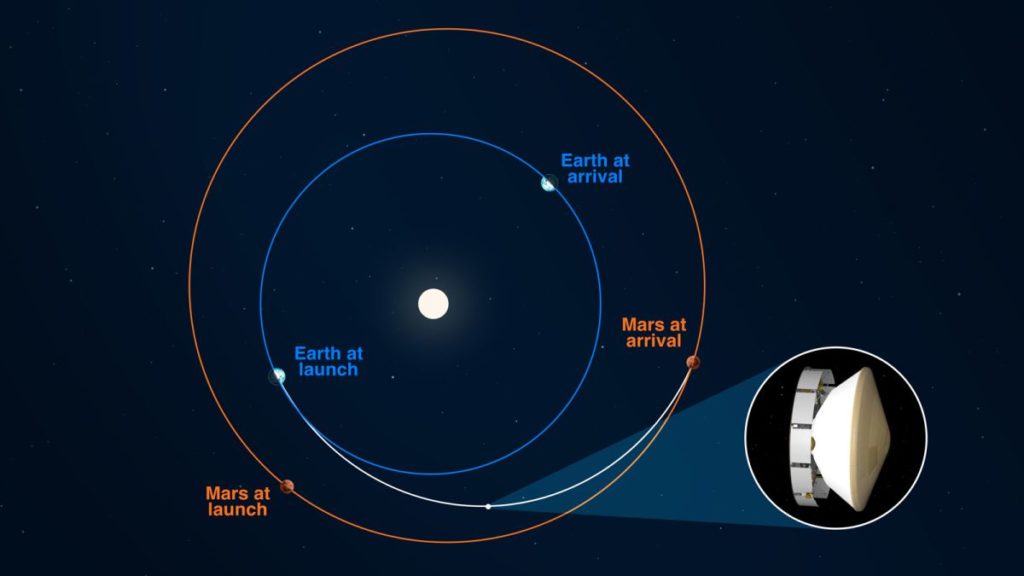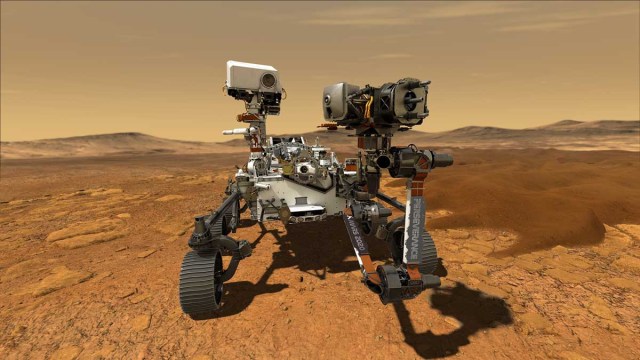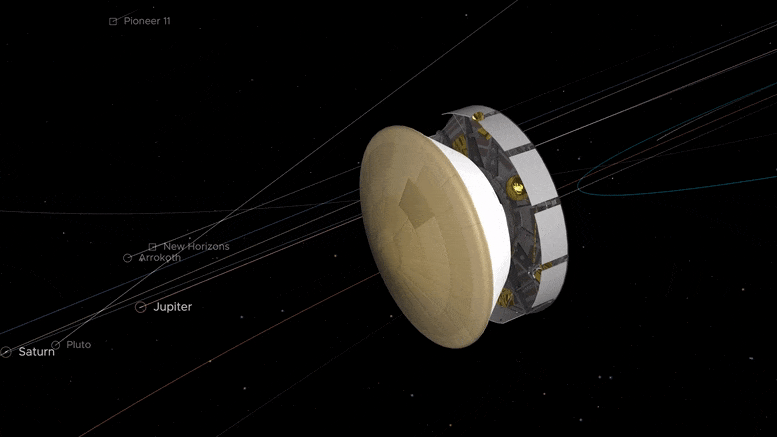NASA is halfway there. WOAH!
Sometimes half measures can be a good thing — especially on a journey this long. The agency’s latest rover only has about 146 million miles left to reach its destination.
Written content by Jet Propulsion Laboratory via Sci Tech Daily
NASA’s Mars 2020 Perseverance rover mission has logged a lot of flight miles since being lofted skyward on July 30 — 146.3 million miles (235.4 million kilometers) to be exact. Turns out that is exactly the same distance it has to go before the spacecraft hits the Red Planet’s atmosphere like a 11,900 mph (19,000 kph) freight train on February 18, 2021.

“At 1:40 p.m. Pacific Time today, our spacecraft will have just as many miles in its metaphorical rearview mirror as it will out its metaphorical windshield,” said Julie Kangas, a navigator working on the Perseverance rover mission at NASA’s Jet Propulsion Laboratory in Southern California. “While I don’t think there will be cake, especially since most of us are working from home, it’s still a pretty neat milestone. Next stop, Jezero Crater.”
The Sun’s gravitational influence plays a significant role in shaping not just spacecraft trajectories to Mars (as well as to everywhere else in the solar system), but also the relative movement of the two planets. So Perseverance’s route to the Red Planet follows a curved trajectory rather than an arrow-straight path.

“Although we’re halfway into the distance we need to travel to Mars, the rover is not halfway between the two worlds,” Kangas explained. “In straight-line distance, Earth is 26.6 million miles [42.7 million kilometers] behind Perseverance and Mars is 17.9 million miles [28.8 million kilometers] in front.”
At the current distance, it takes 2 minutes, 22 seconds for a transmission to travel from mission controllers at JPL via the Deep Space Network to the spacecraft. By time of landing, Perseverance will have covered 292.5 million miles (470.8 million kilometers), and Mars will be about 130 million miles (209 million kilometers) away from Earth; at that point, a transmission will take about 11.5 minutes to reach the spacecraft. Read more from Sci Tech News.
Follow News Without Politics for more interesting and amazing, important, and relevant U.S. and world news stories plus health, entertainment, sports, weather, food and more without media bias.
Stay informed daily. News fair and balanced, ahead of influence.




